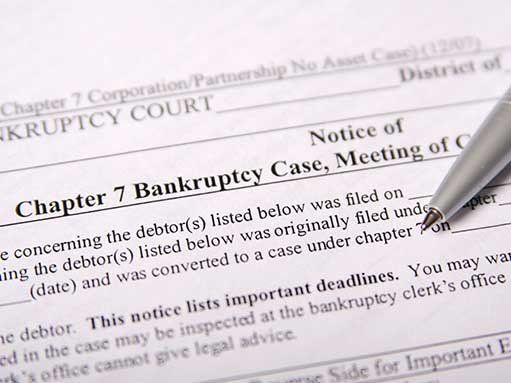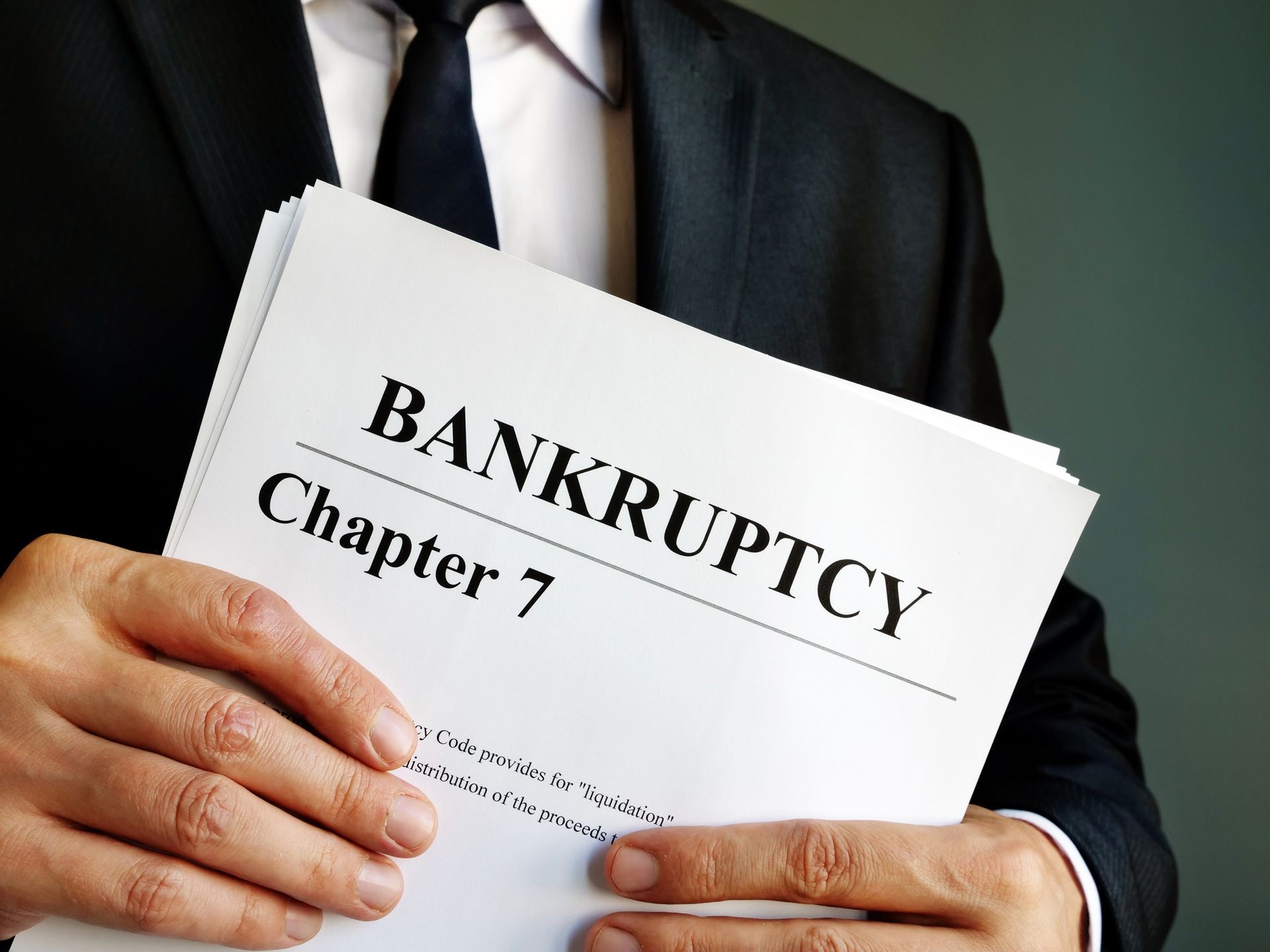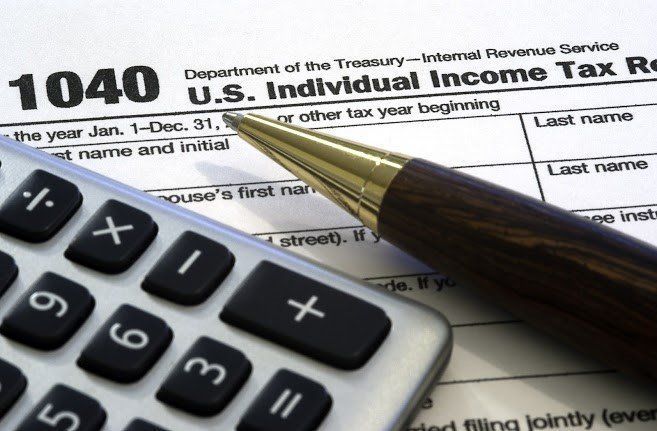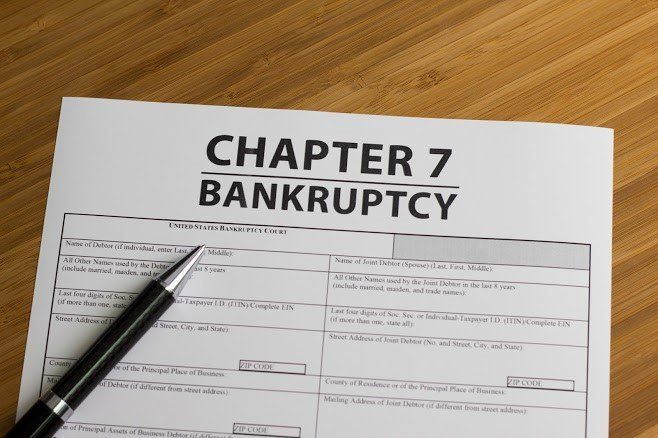Regain Control With Debt Consolidation Made Simple
When monthly bills pull you in different directions, the weight of competing due dates, rising interest, and constant worry can feel overwhelming. At the Law Offices of John A. Foscato, we help people map a calmer path forward with debt consolidation in Green Bay, WI, using clear information and steady guidance. Whether your goal is to simplify payments, lower interest costs, or create breathing room in your budget, you deserve a plan that respects your priorities and timeline. This article explains how the process works, what outcomes you can expect, and how a thoughtful approach can reduce stress while protecting your long-term financial health.
What Is Debt Consolidation?
Understanding the term makes it easier to see whether it fits your goals. At its core, this strategy brings multiple unsecured balances—like credit cards, medical bills, or personal loans—under one payment. Instead of juggling five or six due dates with different rates, you make a single monthly payment at a rate that’s typically lower than what high-interest cards charge. Consolidation can happen through a new personal loan, a balance transfer card, or a structured plan arranged with creditors. The goal is efficiency: fewer moving parts, clearer math, and a finish line you can see. When done thoughtfully, debt consolidation can shorten payoff timelines and free up cash flow, without the court process that comes with bankruptcy.
How It Differs From Bankruptcy
Knowing the difference helps you weigh your options with confidence.
Bankruptcy and consolidation both address unmanageable balances, but they work very differently. Chapter 7 can discharge qualifying unsecured debts after a means test and may involve liquidation of certain non-exempt assets. Chapter 13 reorganizes debt into a court-supervised repayment plan, often lasting three to five years. By contrast, debt consolidation is a voluntary, out-of-court approach that keeps you current by restructuring how you pay rather than eliminating obligations outright. It may not reduce principal, but it can reduce complexity and costs, helping you stay on track while protecting day-to-day life from collection calls and payment chaos.
The Step-By-Step Process
A clear roadmap can turn uncertainty into progress. While every household’s situation is unique, many people follow a similar path:
- Take Inventory: List each creditor, balance, interest rate, and minimum payment. Include due dates and any late fees.
- Set a Target: Decide what matters most—lowering interest, shrinking monthly payments, or finishing repayment sooner.
- Evaluate Tools: Consider a fixed-rate personal loan, a 0% balance transfer (with a plan for the promo window), or a structured program negotiated with creditors.
- Check Your Credit: A stronger score may unlock better rates. If your score needs work, plan steps to improve it before applying.
- Compare Costs: Look at fees, transfer charges, loan origination costs, and the total interest you’ll pay over time.
- Apply and Consolidate: Once approved, use proceeds to pay off designated accounts, then confirm each account is closed or reduced as intended.
- Automate and Track: Set up automatic payments, monitor statements, and celebrate milestones as balances fall.
At each step, debt consolidation should make your finances simpler, not more complicated—a useful test to keep your plan on track.
Benefits That Can Ease Financial Stress
Real relief is about both numbers and peace of mind. A single monthly payment reduces the chance of missed due dates and late fees. A lower interest rate means more of your payment goes to principal, accelerating progress. A clear payoff timeline can provide motivation and a sense of control. Over time, on-time payments can support a healthier credit profile, especially as credit utilization drops. Just as importantly, debt consolidation can ease the mental strain that comes with scattered bills and constant juggling, letting you focus on work, family, and your future with more calm and clarity.
Understanding Costs, Risks, and Alternatives
Balanced decisions look at the whole picture. Some consolidation loans carry origination fees, and balance transfer cards often include transfer fees and limited promotional windows. If new credit tempts you to run up balances again, the gains can disappear. For certain budgets, a structured repayment without new credit might be safer. Debt consolidation is one option among many: snowball and avalanche methods, credit counseling programs, negotiated settlements, and bankruptcy each fit different circumstances. The right choice depends on income stability, asset protection concerns, and how quickly you need relief—so it’s wise to compare scenarios before you commit.
How Green Bay, WI, Households Can Prepare
Preparation increases your odds of success. Start by reviewing your last three months of bank and card statements to understand spending patterns. Identify essentials versus nice-to-haves, then build a lean but realistic budget you can live with. Pull your credit reports to spot errors and confirm balances. If you’re considering a new loan, begin paying down small balances to boost your score and lower utilization. Debt consolidation works best when paired with small, sustainable habits—automatic savings transfers, a modest emergency fund, and reminders to keep new spending in check.
Personalized Plans Beat One-Size-Fits-All
No two financial stories are the same. A young professional carrying high-interest cards might benefit from a balance transfer with a strict payoff schedule, while a family managing medical bills could prefer a fixed-rate loan with predictable payments. Some clients prioritize protecting a home or vehicle, while others want the fastest clean slate. Debt consolidation is most effective when tailored to your goals, cash flow, and risk tolerance. By mapping multiple pathways and running the numbers, you can choose a route that supports both short-term stability and long-term financial health.

Signs It Might Be Time to Act
Recognizing the tipping point can save time and money. If minimum payments barely dent your balances, you’re using new credit to cover essentials, or interest rates keep climbing, it may be time to regroup. Other signals include frequent late fees, rising stress about collections, or a sense that you’re always one unexpected expense away from falling behind. Debt consolidation can provide structure and momentum before problems grow larger, especially if you still have steady income and can qualify for terms that move the needle.
How an Attorney’s Guidance Supports Your Goals
Legal guidance adds clarity when choices feel complex. An attorney who has helped many Green Bay, WI, clients with multiple creditors can explain how different strategies interact with your broader financial picture—assets, wage garnishment concerns,
debt negotiations, understand how a consolidation plan compares side-by-side with credit counseling, negotiated settlements, or Chapter 7 and Chapter 13. Debt consolidation can be a powerful tool, but the best results come from selecting the right tool for your situation and then following through with a realistic, sustainable budget and clear milestones.
Moving Forward With Confidence
Momentum matters once you pick a path. Track your progress monthly, apply windfalls to principal, and resist opening new accounts unless they support your plan. If life changes—job shifts, medical costs, or other surprises—revisit your numbers and adjust your strategy early. Consolidation should feel like a stabilizing force, offering fewer decisions, lower stress, and a visible payoff horizon you can steadily move toward.
If you’re ready to explore debt consolidation in Green Bay, WI, with guidance tailored to your life, the Law Offices of John A. Foscato can help you move from uncertainty to a workable plan. Call
(920) 432-8801 to schedule a conversation and take your first confident step toward calmer finances today.



















